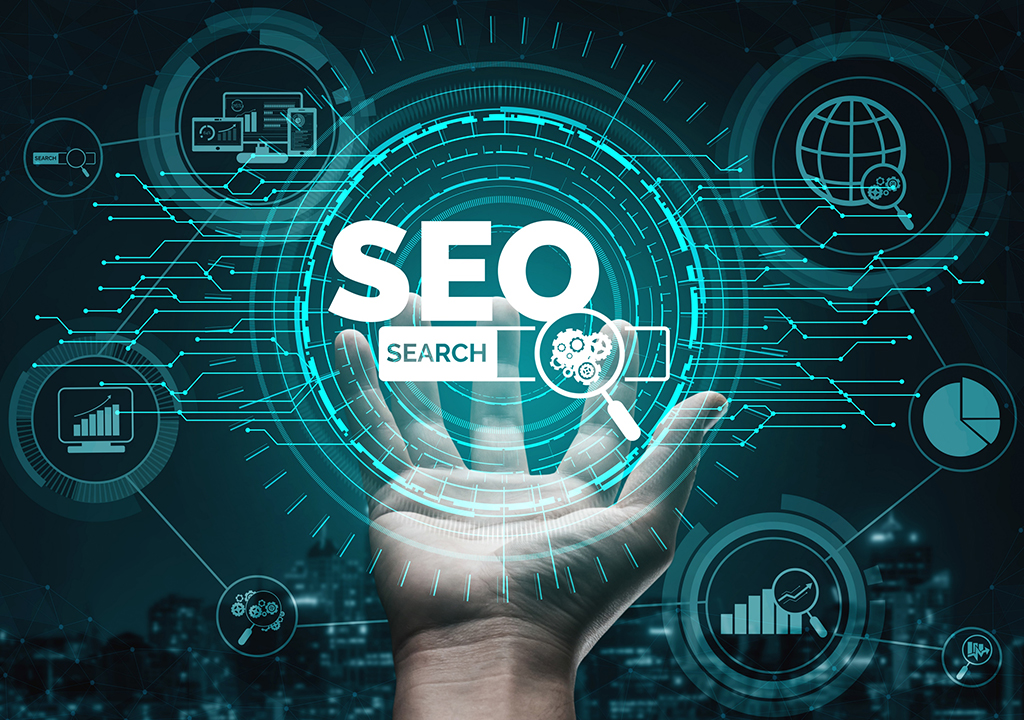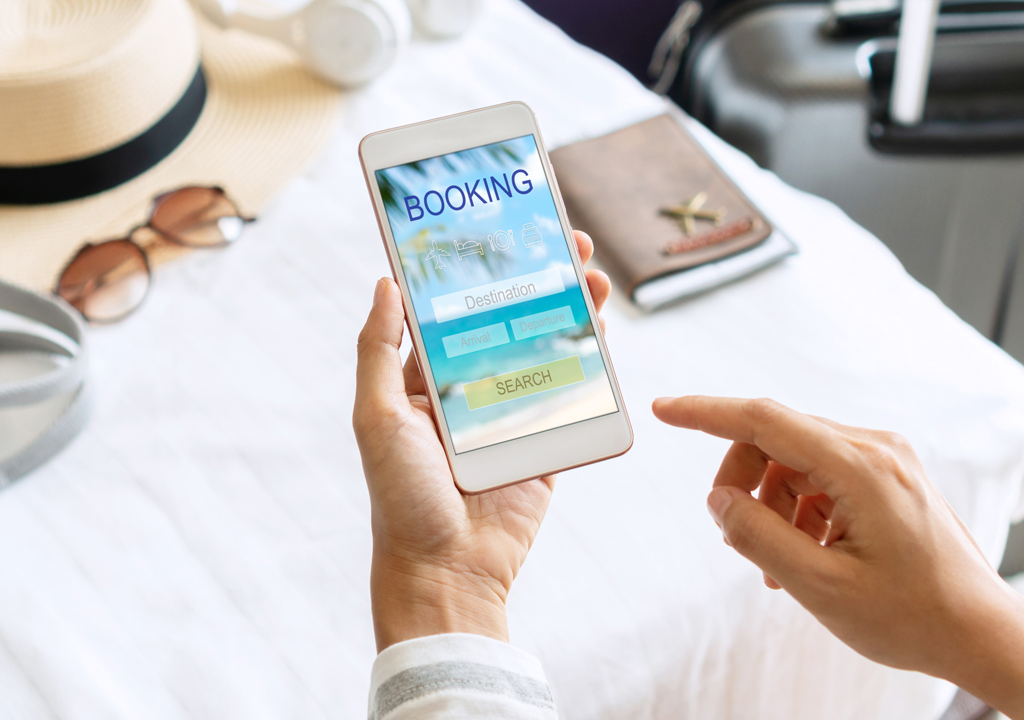In today’s fast-paced world, consumers behave very differently than they did a few years ago. They’re more demanding, well-informed, and dedicate less time to analyzing every available option.
Naturally, you may be wondering how your business can adapt to this new reality.
A solid starting point is having a consistent and appealing digital presence. But that alone isn’t enough. That’s where the marketing strategy known as omnichannel comes in.
What is omnichannel?
Omnichannel is a strategy that unifies all available digital (and physical) communication channels to offer users a seamless and pleasant experience.
This experience spans both online and offline touchpoints—social media, newsletters, your website, and in-store service—all delivering a consistent message and brand voice. The goal is for the consumer to move effortlessly from one channel to another.
Implementing an omnichannel strategy involves collecting all customer-related data available—web cookies, social media insights, email lists, etc.—to create a cohesive and personalized journey.
What are the benefits of an omnichannel strategy?
- Builds trust with consumers
A unified brand image across all communication channels shows that you are organized and genuinely care about offering a high-quality experience—no matter how the customer chooses to interact with you. This builds a strong sense of trust, which can heavily influence their purchasing decisions. - Boosts sales
Having a synchronized presence across all platforms allows consumers to find and purchase from your e-shop through multiple touchpoints. This increased accessibility often leads to noticeably higher sales. - Improves internal team coordination
When everyone on your team is aligned on how to communicate with customers, internal operations run more smoothly. Each department has access to essential information and can collaborate effectively to provide the best possible service.
How to start implementing an omnichannel strategy?
- Understand your audience
Your target audience is the foundation of your strategy. Answer these key questions:
● Who are your customers?
● What channels do they use?
● What are their pain points and interests?
Knowing these basics helps you build a focused omnichannel strategy that knows whom to target, where, and when.
- Identify the right communication channels
After understanding your audience, choose the appropriate digital and offline channels for your message. Not every channel fits every business—select those that best support your goals and focus on creating a smooth and unified user experience across them. - Integrate your data and technology
Invest in tools like CRM software that help you integrate customer data and interactions from all channels. Track behaviors to personalize experiences, and automate communications where possible to ensure responsiveness and consistency. - Deliver a consistent and personalized message
Maintain consistency in brand messaging and visuals across every touchpoint. Customers should instantly recognize your brand whether they’re browsing your website, reading an email, or walking into your store. At the same time, personalize your tone for each channel and use storytelling techniques to emotionally engage your audience. Make customers feel they’re dealing with real people—not just a faceless business.
To sum up
An omnichannel strategy will significantly enhance how your business operates—both internally and externally.
However, implementing such a strategy doesn’t happen overnight. It requires planning, research, and solid execution.
That’s where our agency, Pylarinos Advertising, can support you. With our focus on 360 digital marketing, we know exactly how to connect the right channels to deliver real results. Get in touch with us to take the next step here.













